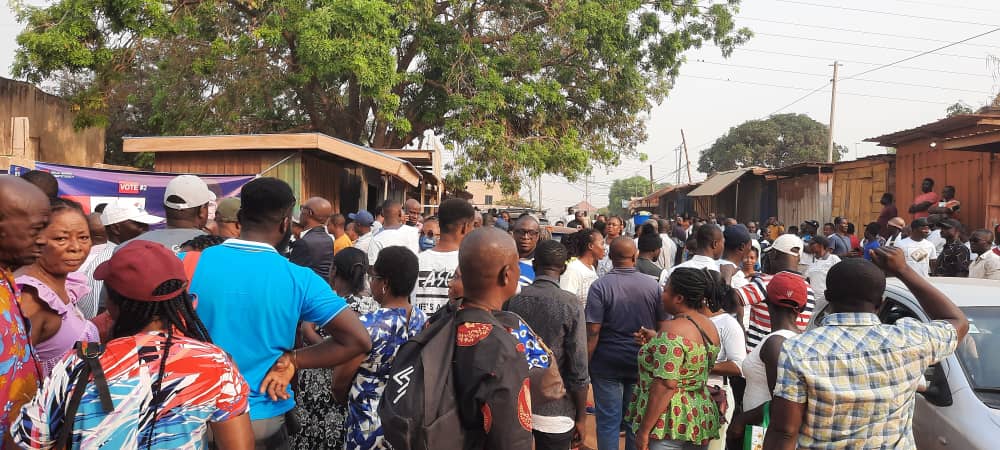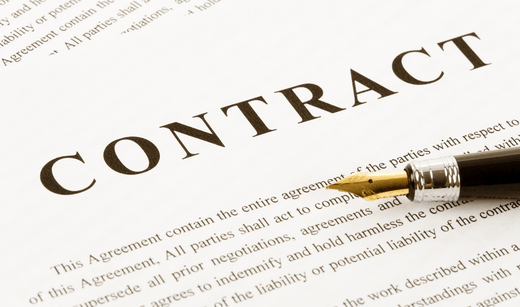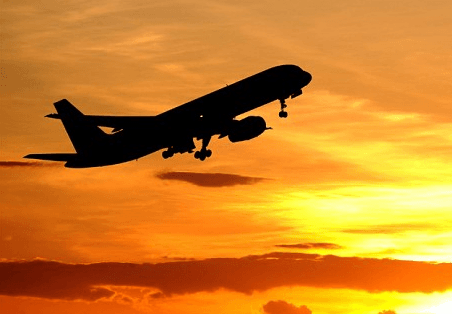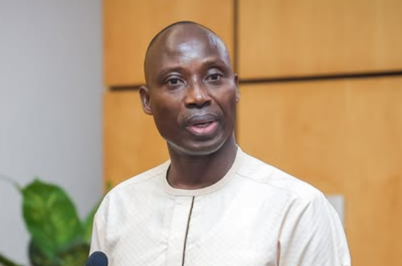

Residents described bleak conditions: life-saving medications are on the verge of spoiling and residents are trapped in apartment buildings.
Puerto Rico remains almost entirely without electricity in the wake of Hurricane Maria, which barreled across the US territory nearly a week ago.
Within hours of touching down as a Category 4 storm on Wednesday morning, Maria wiped out what remained of Puerto Rico's already vulnerable and storm-ravaged electric grid.
Residents described bleak conditions to Business Insider: life-saving medications that need refrigeration are on the verge of spoiling; elderly residents and people with disabilities are trapped in apartment buildings with no elevators; many are without basic resources like food, cash, and gas; there is little news being distributed around the island and people are desperate for information.
Puerto Rican governor Ricardo Rossello has called the situation a humanitarian crisis.
"I’ve never seen anything like this in my life," Martiza Stanchich, a professor of Caribbean studies at the University of Puerto Rico, told Business Insider during a phone call. Stanchich said she'd driven for hours to get cellphone reception.
Still, locals are doing their best to cope. Some have started cleanup efforts; others are delivering supplies to people who cannot leave their homes. And family members living in mainland states are doing their best to pass messages between loved ones who can't communicate with each other.
Here's what it looks like on the island now.
Around dawn on Wednesday, Hurricane Maria barreled across Puerto Rico as a Category 4 storm, lashing homes, ripping up roads, and scattering palm trees like matchsticks.
Within hours, 100% of the island's 3.4 million residents — all of them US citizens — were completely without power. Thousands were forced to seek refuge in shelters, and electricity and phone lines were severely effected.
A few days later, an 11-billion gallon dam on Puerto Rico's northwest coast began to fail.
Spillage from the Guajataca Dam prompted the governor to issue evacuation warnings for 70,000 residents in two nearby towns.
Houses across the island were destroyed by the storm. Here, Irma Torres stands in the doorway of her home in Yabucoa.
Maria's powerful 175-mph winds crushed homes and blew the roofs off of others. Here, residents in Loiza are trying to dismantle a fallen roof.
After days without power or water, residents waited in line for aid from FEMA and other emergency services.
Puerto Rico's governor, Ricardo Rosello, has called Maria the "most devastating storm to hit the island this century." In this photo from San Juan, it's not hard to see why.
The problems are worst for the elderly and people with disabilities, many of whom are either trapped in their homes or stranded at refuge centers.
Many residents are essentially trapped in place because the hurricane ravaged roads and highways. Here, a man sits in a wheelchair next to washing machines at a shelter.
With barely any cell service, people have been forced to drive long distances and stop on the sides of highways to get close to mobile phone antenna towers. Here, people to check for a signal in Dorado.
Residents across the island are struggling to get access to basic services like water. Here, men are shown carrying containers of drinking water to neighbors in Toa Baja.
After a relief effort brought water to San Juan, a man used his shirt to carry bottles of it back home.
Farms have been decimated. In Dorado, Hurricane Maria downed field after field of plantain trees, a vital crop for the island's economy.
People have started to repair and rebuild where they can. Here, people clean the mud from their flooded house in Toa Baja.
Residents described bleak conditions: life-saving medications are on the verge of spoiling and residents are trapped in apartment buildings. Read Full Story





















Facebook
Twitter
Pinterest
Instagram
Google+
YouTube
LinkedIn
RSS